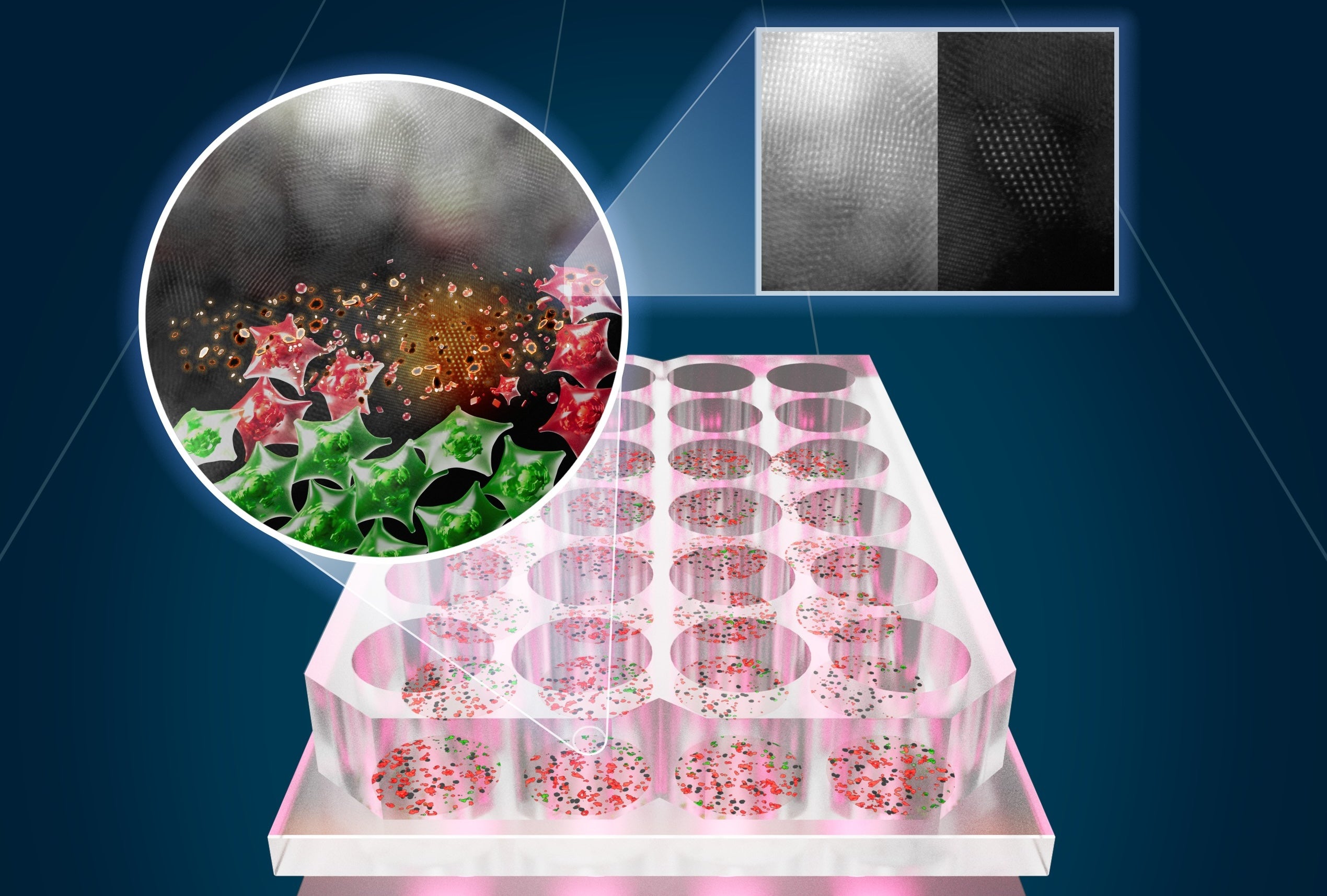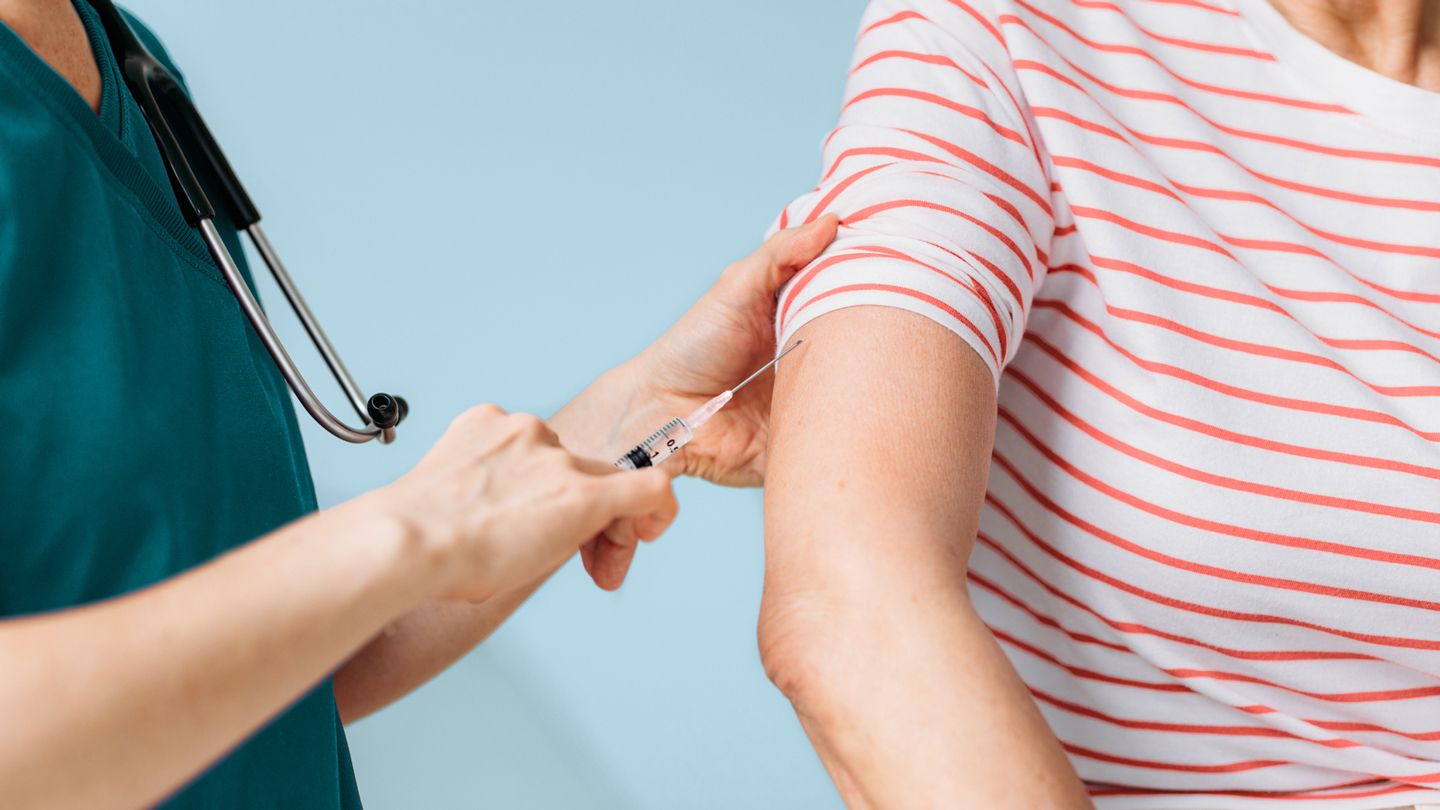10 Octobre 2025
The International Agency for Research on Cancer (IARC) will celebrate its 60th anniversary with the IARC@60 Conference: “Cancer Research into Action”, which will take place in Lyon,…
10 Octobre 2025
The International Agency for Research on Cancer (IARC) will celebrate its 60th anniversary with the IARC@60 Conference: “Cancer Research into Action”, which will take place in Lyon,…

Female athletes have reaction times 80 milliseconds faster and make fewer mistakes on the day they ovulate, according to research.
Researchers at University College London (UCL) studied how different stages of the menstrual cycle and levels of…

AUSTIN, Texas — A new cancer treatment combines LED light and tiny tin flakes to neutralize cancer cells while shielding healthy cells and avoiding the painful side effects associated with chemotherapy and other treatments.
The…

Most patients who undergo allogenic hematopoietic stem cell transplant (allo-HSCT) at centers in the East Mediterranean (EM) region will receive graft-vs-host disease (GVHD) prophylaxis with standard-of-care agents, with prophylaxis practices in…


Chinese Academy of Sciences
Prof. Pierre Agostini was awarded the 2023 Nobel Prize in Physics…


Human immunodeficiency viruses (HIV) are insidious. They can evade the immune defence and antiviral drugs by becoming “latent”. In this state, they are largely invisible and unassailable. As long as these dormant viruses persist, there is no…

Combining tramadol (Ultram; Janssen Pharmaceuticals) with CYP2D6-inhibiting antidepressants is associated with a higher risk of seizures, according to findings published in Neurology. The findings highlight the need for careful monitoring of…

A study published in Cell Genomics reveals a surprising role for parts of DNA once considered junk. These repetitive DNA sequences, or repeats, may actually mimic patterns found in pathogens, giving the immune system clues about potential…